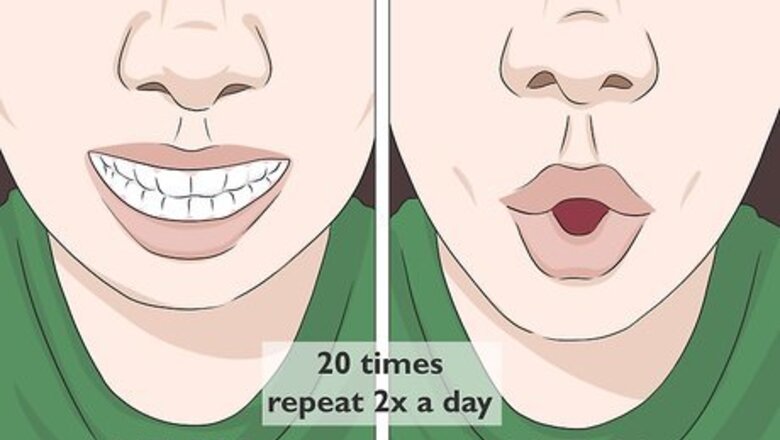
views
Exercising Your Cheeks
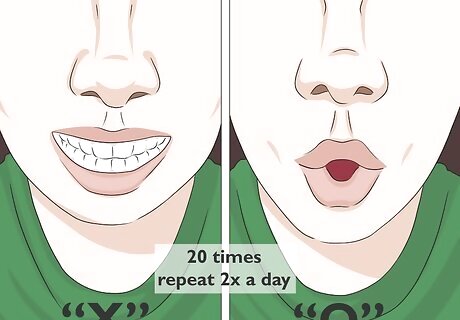
Say “X” and “O” back-to-back. Repeating these sounds can help to work the muscles in your cheeks and create a slimmer looking face. Say each letter 20 times and repeat this twice daily. You can do these facial exercises in the shower, while getting dressed in the morning, or during your morning commute.
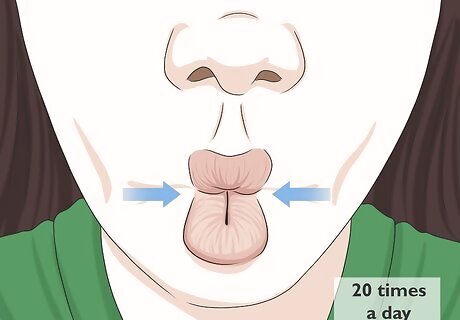
Suck in your cheeks like a fish. Pull your cheeks into your mouth by sucking them inwards. Then, hold your cheeks in this position for about 3 seconds, and release. Repeat this exercise 20 times daily.
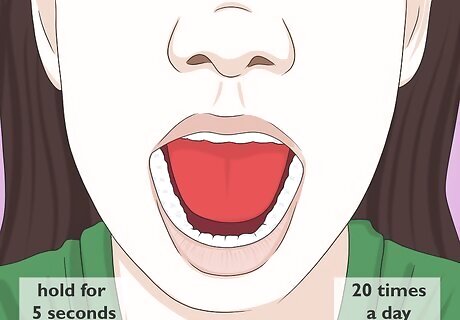
Open your mouth wide, hold, and relax. Open up your mouth as wide as you can, such as if you’re about to take a big bite of something. Then, hold it in this position for 5 seconds. Then, relax and close your mouth again. Repeat this exercise 20 times daily.
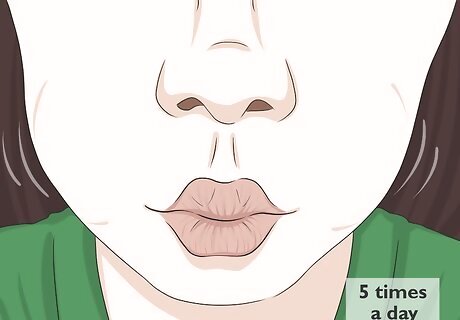
Swish air around in your mouth. Swish the air like you would swish mouthwash. Do this for a total of 5 minutes per day. You can break it up into 1, 2 or 3 minute sessions or try to do it all at once. If you prefer, you could also try swishing water around in your mouth to work your cheek muscles.
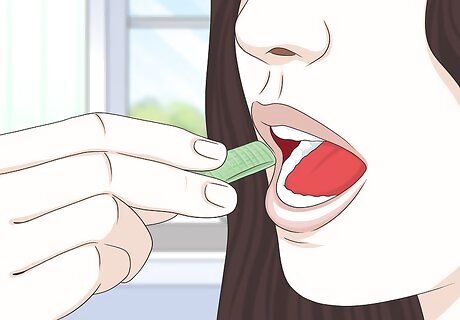
Chew a stick of gum after each meal. The repetitive chewing motion may help to strengthen your jaw and make your cheeks look slimmer. Chew gum for 5 to 10 minutes after every meal. If chewing gum hurts your jaw, don’t do it.
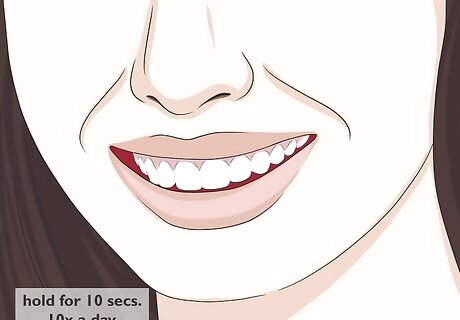
Smile more often. Smiling also exercises your facial muscles, and it may draw attention away from your cheeks. Smile and hold the position for 10 seconds. Repeat this exercise 10 times per day. As an added bonus, smiling often may also help you feel more positive and confident in general.
Changing Your Diet and Lifestyle Habits

Take it easy on the salt and sugar. If you include too much salt and refined sugar in your diet, then your body is more likely to retain water. Just like not drinking enough water, this will keep your face and cheeks looking puffy from all of that retained water. Though you can't give up on salt and sugar completely, try cutting salty or sugary foods out of your diet and eating foods that are low in salt or sugar. Instead of salty meats, such as ham and bologna, go for lean meats like skinless chicken breast or ground turkey.
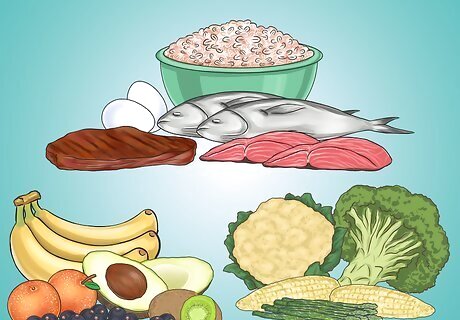
Adopt a healthy diet and cut calories to lose weight. The best strategy for losing weight in your cheeks is to change your diet and work on overall weight loss. Identify your target weight and make this your goal. Then, cut back on calories by eating more healthy, low-calorie foods, such as fruits, vegetables, whole grains, and lean proteins. Try downloading a calorie counting app to keep track of how much you’re eating each day. Record everything you eat and drink in the app and stay within your daily caloric limit to start losing weight.
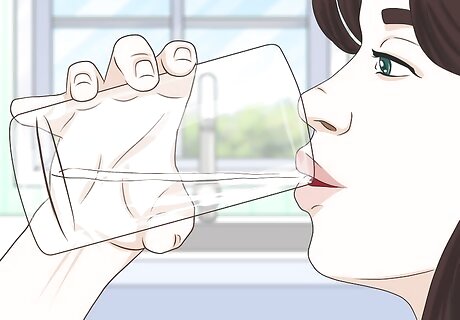
Drink more water to promote weight loss and reduce cheek puffiness. Water is the best thing to drink when you’re dieting since it has no calories and it helps you to feel full between meals. Not staying well hydrated may also result in water retention, which can cause your cheeks to look puffy. Drink water whenever you are thirsty to stay well-hydrated. Keep a water bottle with you at all times and refill it throughout the day. Drink extra water if you’ve been sweating excessively, such as after a workout or when you’re out in warm weather.
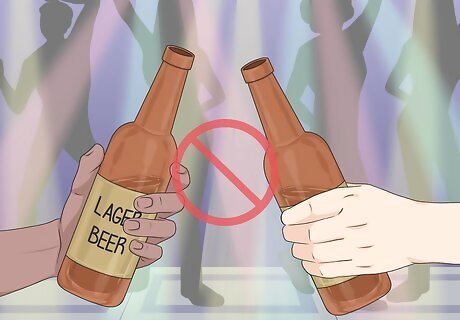
Consume alcohol in moderation or avoid it. Drinking alcohol may cause your cheeks to look puffy, so avoid drinking alcohol whenever you can and only drink moderately if you do drink. Moderate drinking is defined as no more than 1 alcoholic drink per day for women or 2 per day for men. One drink is equal to 12 fl oz (350 mL) of beer, 5 fl oz (150 mL) of wine, or 1.5 fl oz (44 mL) of spirits. Try swapping your evening cocktail for a cup of chamomile tea or a mocktail made with sparkling water and fruit juice.
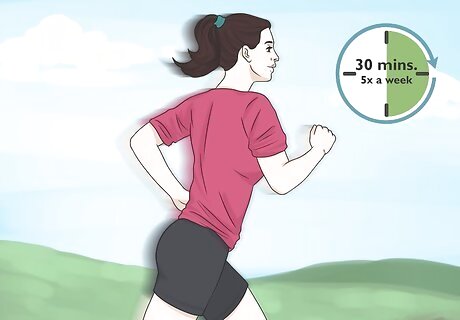
Exercise for 150 minutes per week to help promote weight loss. This is the recommended amount of moderate cardiovascular exercise for general well-being. Doing this amount of exercise each week will also help you to burn more calories and lose weight. You can work out for 30 minutes 5 times per week or break up your 150 minutes in a different way. If you prefer, you can do 75 minutes of vigorous exercise instead, such as running or doing high-intensity interval training. Make sure to choose a form of exercise that you enjoy so you’ll be more likely to stick with it. For example, if you enjoy dancing, take a dance class or follow along with dance aerobics videos online.Tip: Incorporating 2 strength-training sessions each week will also help to boost your weight loss results. Do 2 weekly strength-training sessions that work all of the major muscle groups in your body, such as your legs, arms, chest, back, abdomen, and buttocks.
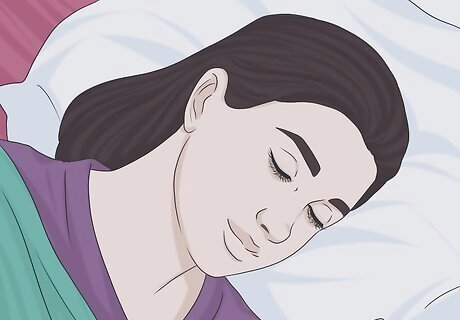
Get more sleep to promote weight loss. Getting a good night’s sleep each night may also help to promote weight loss, so make sleep a priority. Go to bed early enough to get at least 7 hours of sleep per night. Some other strategies that may help to promote a restful night’s sleep include: Making your bedroom a relaxing place, such as by getting a nice set of sheets and keeping it clean, cool, quiet, and dark. Turning off screens at least 30 minutes before bedtime, such as your phone, computer, and TV. Avoiding caffeine in the afternoon and evening.
Talking to Your Doctor
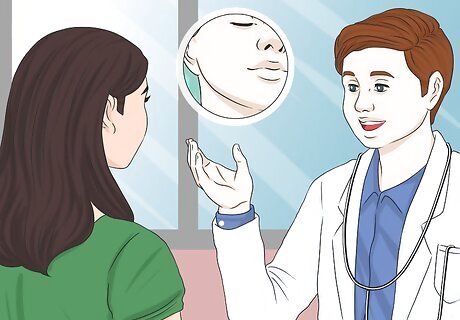
Ask your doctor to check for underlying conditions. In some cases, puffy cheeks may indicate a medical condition that requires treatment. If you’re already at a healthy weight and nothing seems to help reduce the puffiness in your cheeks, make an appointment with a doctor. For example, your doctor may want to check you for the mumps since this condition causes your cheeks to look puffy.
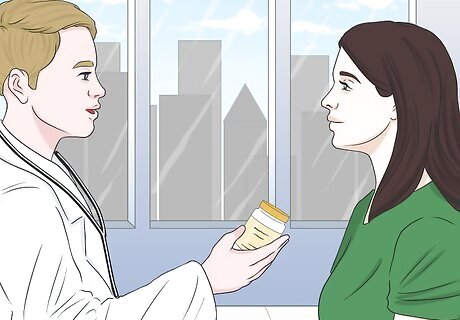
Check to see if your medications might cause puffy cheeks. If you’re taking a prescription of over-the-counter medication regularly, this might be contributing to puffy cheeks. Check with your doctor to see if this if a possibility and if there are any alternative medications you can try. For example, oxycodone can cause a reaction that makes your face and extremities swell up. Although this is rare, it’s worth looking into if you’re taking this medication.
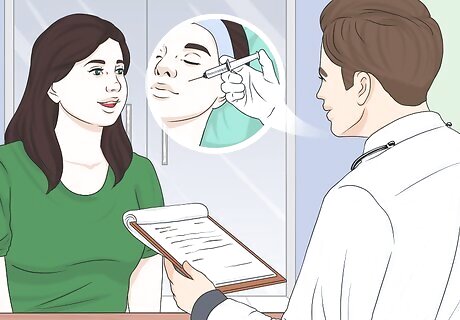
Look into plastic surgery if other strategies don’t help. This is an extreme option for excess weight in your cheeks, but you might consider it if nothing’s helping and the excess weight bothers you. You can ask your primary care physician for a referral to a plastic surgeon or find an experienced plastic surgeon on your own.Warning: Plastic surgery is an expensive form of treatment for excess weight in your cheeks and insurance seldom covers the cost. It also carries risks just like any other form of surgery.




















Comments
0 comment